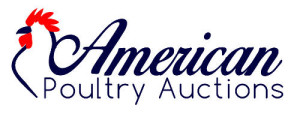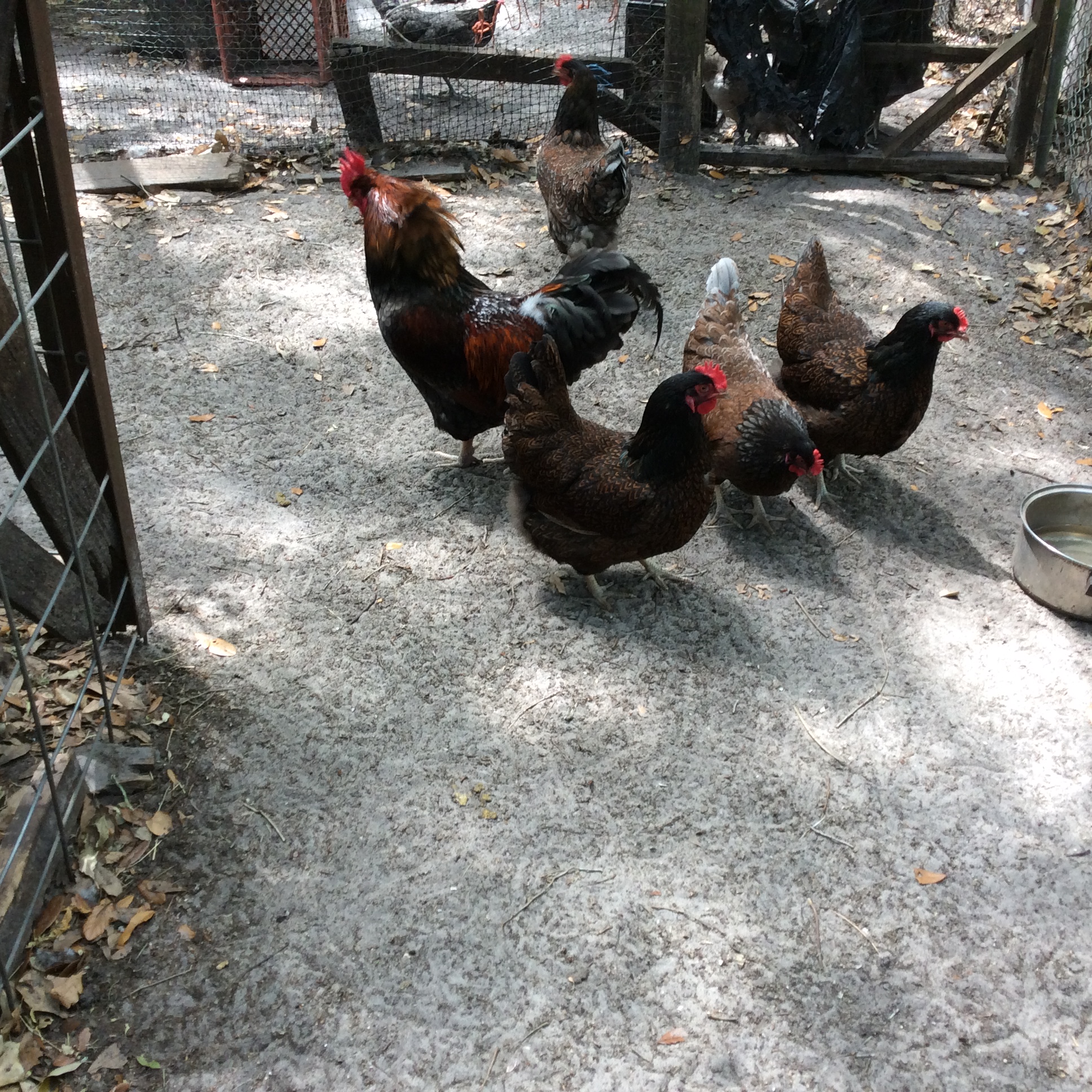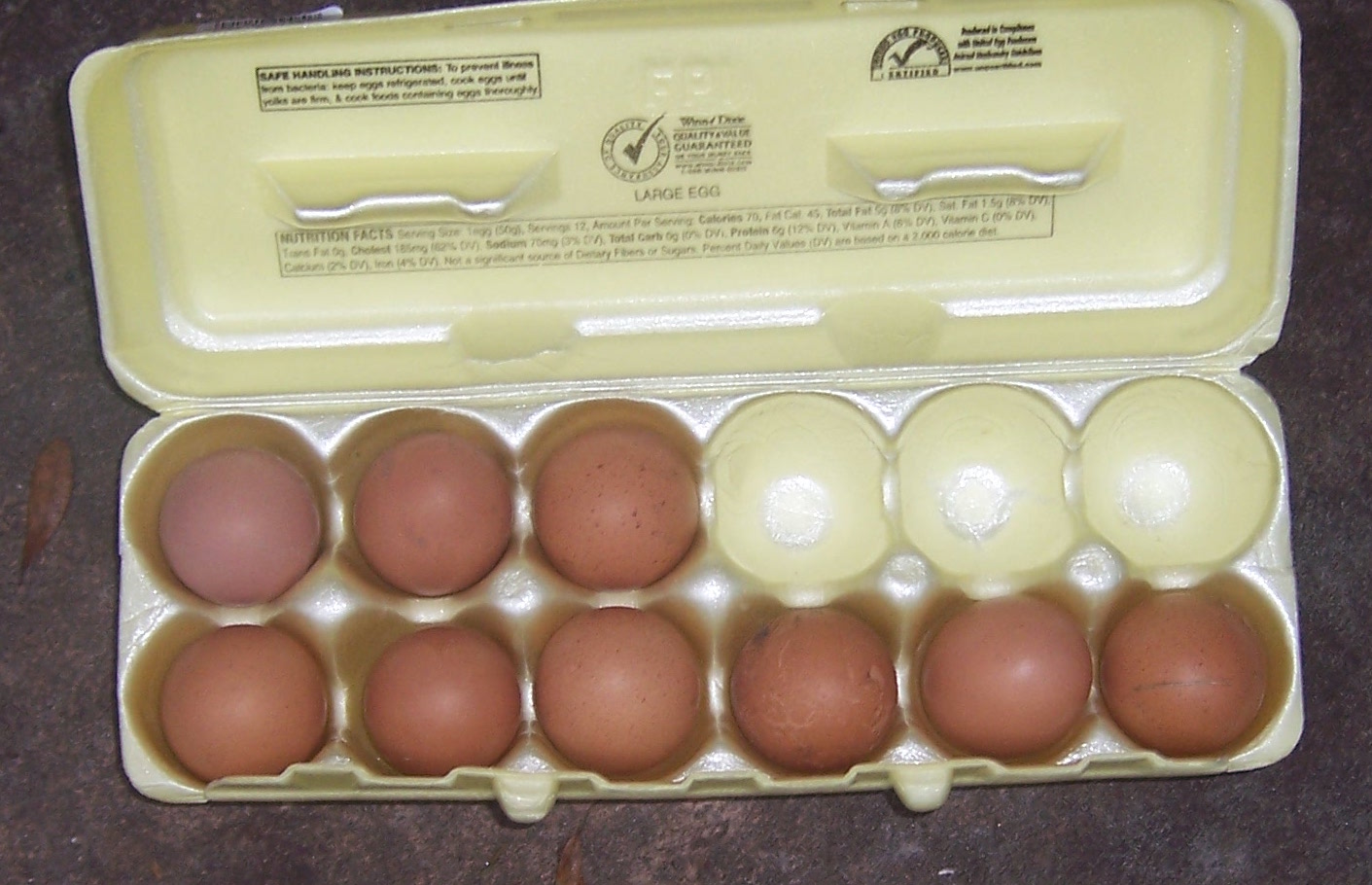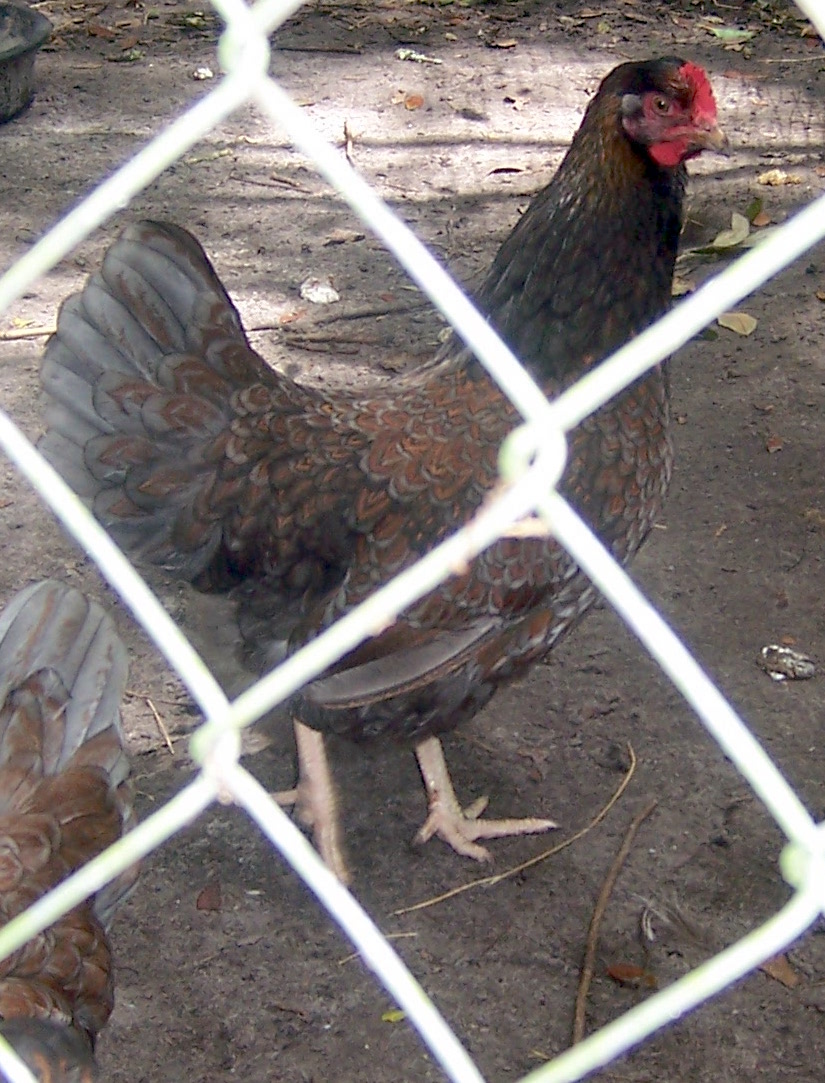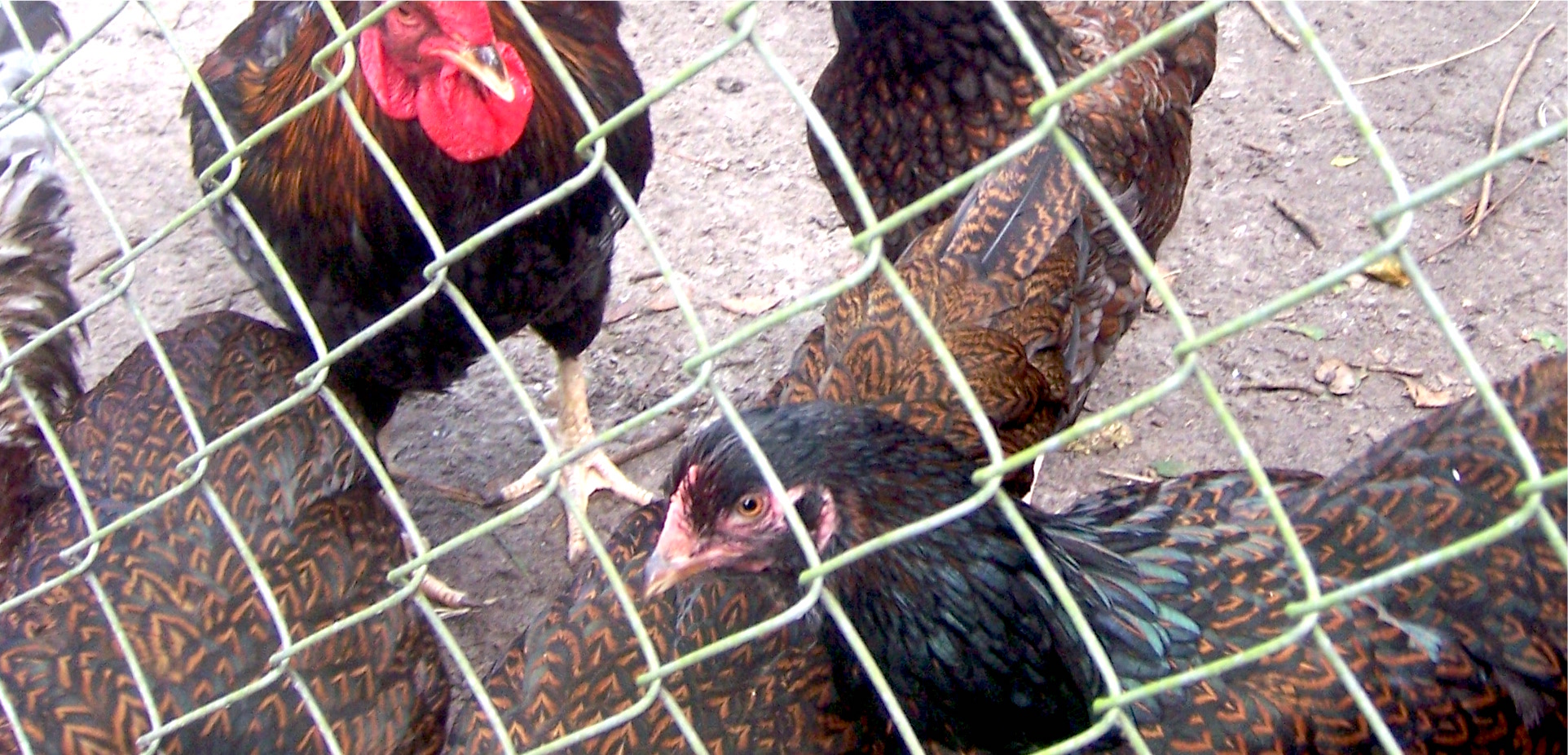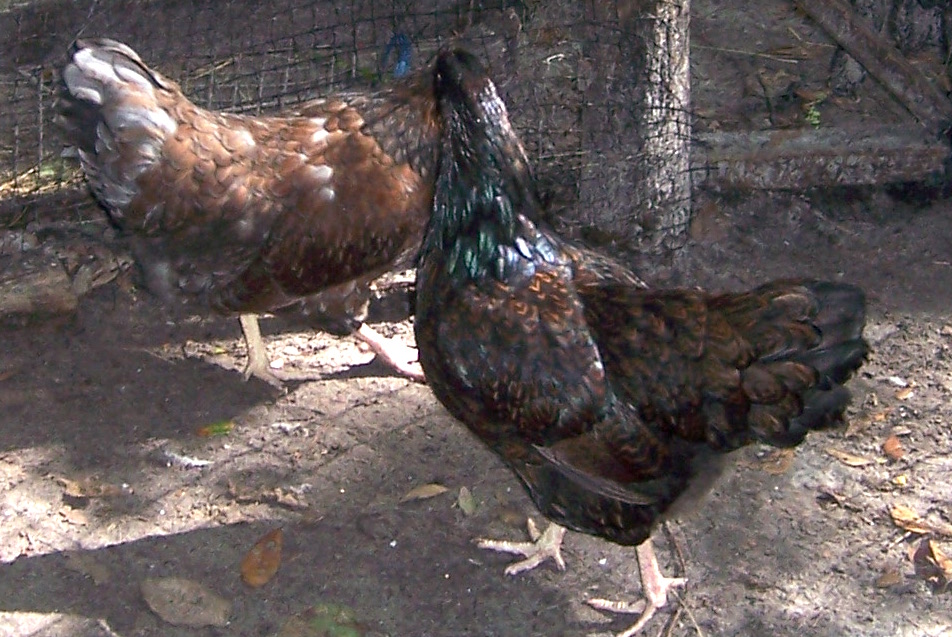|
This is a beautiful hardy breed all around, easy to hatch, chicks just keep growing and the adults are very strong and resistant. My birds came from prize winning flock from local show bird breeder which came from Chad Stoner out of TN, Lori Taylor Quast who bought from Chad and Fancy Chick. About the Barnevelder Hans Schippers, the Dutch authority on the breed, reports the following on the development of the Barnevelders: Between c. 1850 and 1875 Cochin, Malay, Brahma and Croad Langshan arrived from Asia and were crossed with local fowl. One particular strain of brown egg laying fowl were like Black Cochins in appearance and were kept as a meat bird (these were not, however, purebred Cochins). Around 1885 these birds were crossed with Brahmas and the offspring of this cross was crossed with Langshan. In 1898 American utility birds (“Amerikaanse Nuthoenders”), a rough version of the Golden Wyandotte (apparently not dissimilar to the American Winnebago, a ‘precursor’ to the Golden-laced Wyandotte) were crossed into the developing breed followed in 1906 by Buff Orpingtons. Overall in the development to follow the Croad Langshan continued to have the biggest influence and contributed hardiness, brown eggs and good winter production. A similar account, bar the influence of the “Amerikaanse Nuthoenders”, was given in 1930 by P. L. Wijk, District State Poultry Expert, Apeldoorn and P. Ubbels, State Poultry Consultant, Beekbergen, The Netherlands in his contribution on The Origin of the Barnevelder and Welsummer Breeds. According to Wijk & Ubbels, efforts were made to obtain more uniformity in colour and type from 1910 onwards and the name Barnevelder dates from that time. An Association of Barneveld Breeders was established in 1921 which fixed the standard. The double laced partridge pattern of this very rare breed is as intricate and beautiful as hand sewn lace. The double lace pattern occurs only in hens.Not only is this bird a show stopper, but they are also great egg layers. They lay dark brown eggs even in the long winter months. Well-kept hens lay 180-200 eggs a year. When breeding Barnevelder, the blue gene applies as in other blue breeds. The blue, and black chicks look identical when hatched and their color is not apparent until they have feathered completely. This occurs at about 6-7 weeks. I have a dominant splash rooster and a blue rooster to black and blue hens, from a local show bird breeder with one hen laying a darker egg of lesser quality but i am hoping to improve the egg color, you will also get splash chicks. The focus on egg color in this breed has been lost because most attention was given to the pattern. Please, note that hatch rate and fertility rates are 2 different things. Hatch rates can vary widely depend on the post offices handling of your eggs in transit and your incubation method. I do not guarantee hatch rate. I hand deliver to the post office just before the truck leaves for sorting facility, once they left my hands I can no longer be responsible for the condition of shipped eggs. Eggs can be held at the post office for your pickup. This is a good idea if you live in an area with very hot or cold weather. It may increase hatch rate. If you would like to do this I need your local post office address and your phone number so they can contact you upon the eggs arrival. NPIP FL |
Auction Finished buddyortego was the winning bidder.
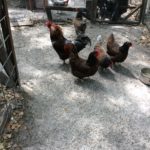
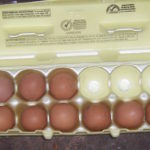
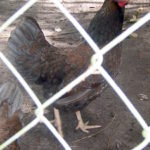
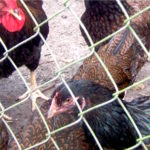
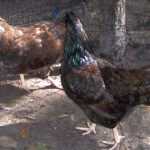
-



 ID: #1352
ID: #1352
- Bids: 1 Highest Bidder: buddyortego
- Views: 3,177 Condition: New
-
Seller: simonero2
- Posted: April 14, 2017 5:29 pm
| Category | Hatching Eggs |
|---|
